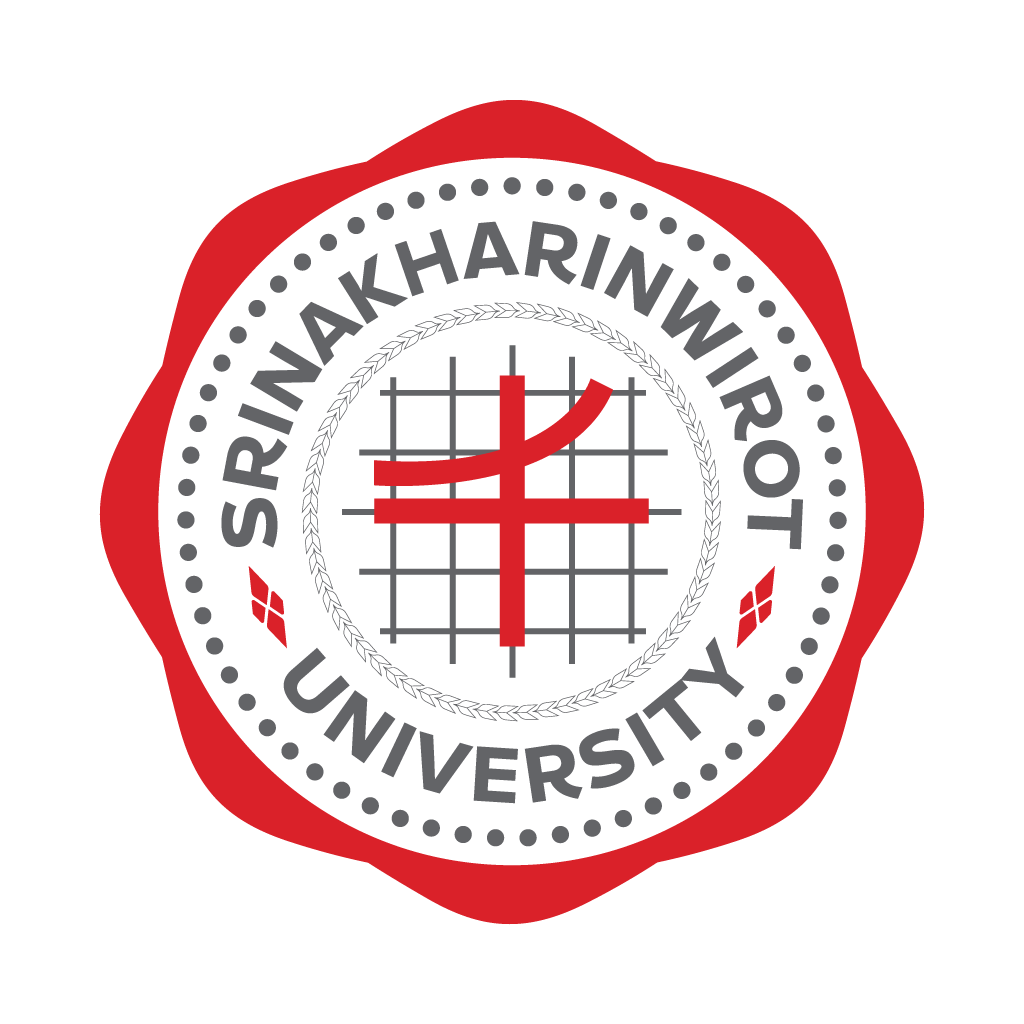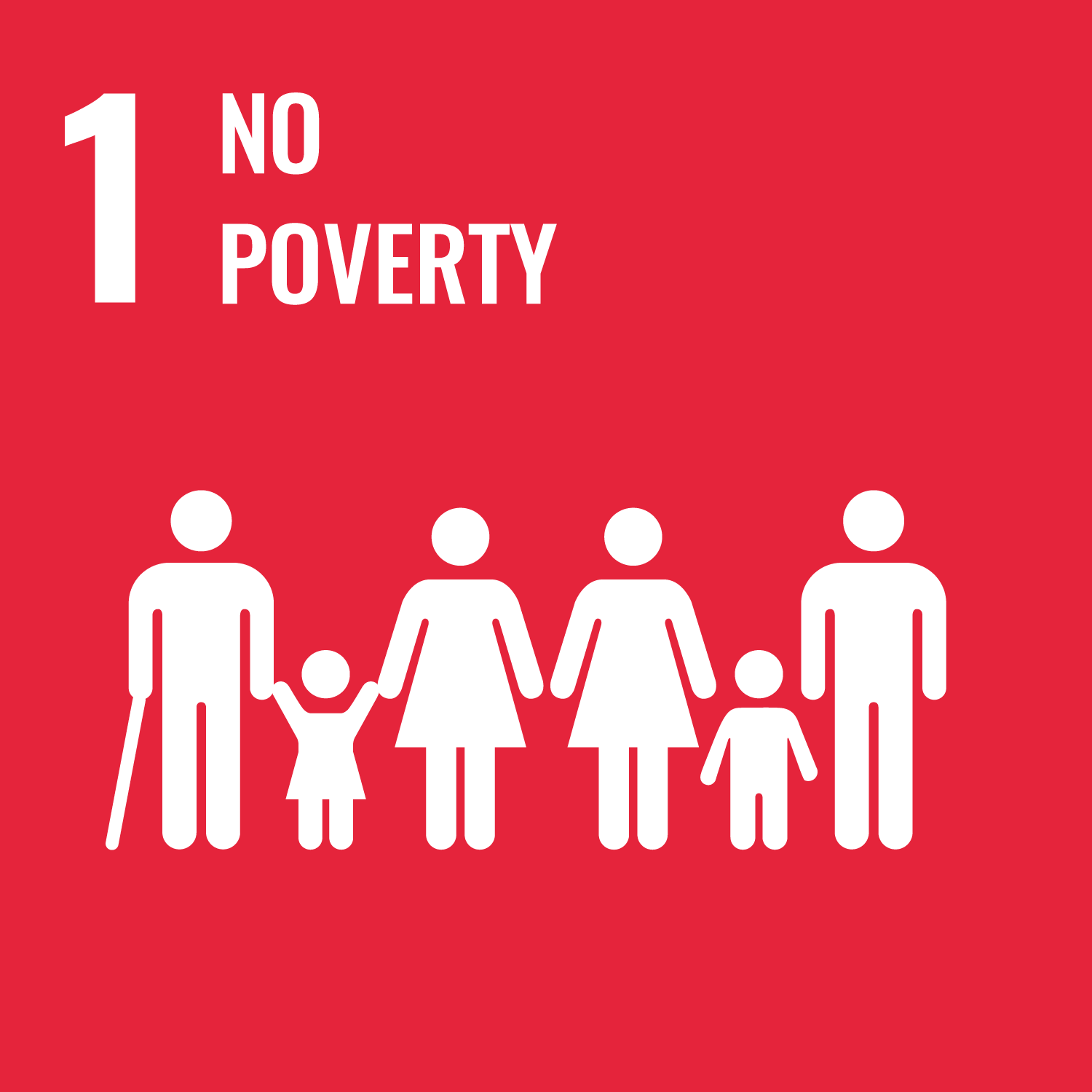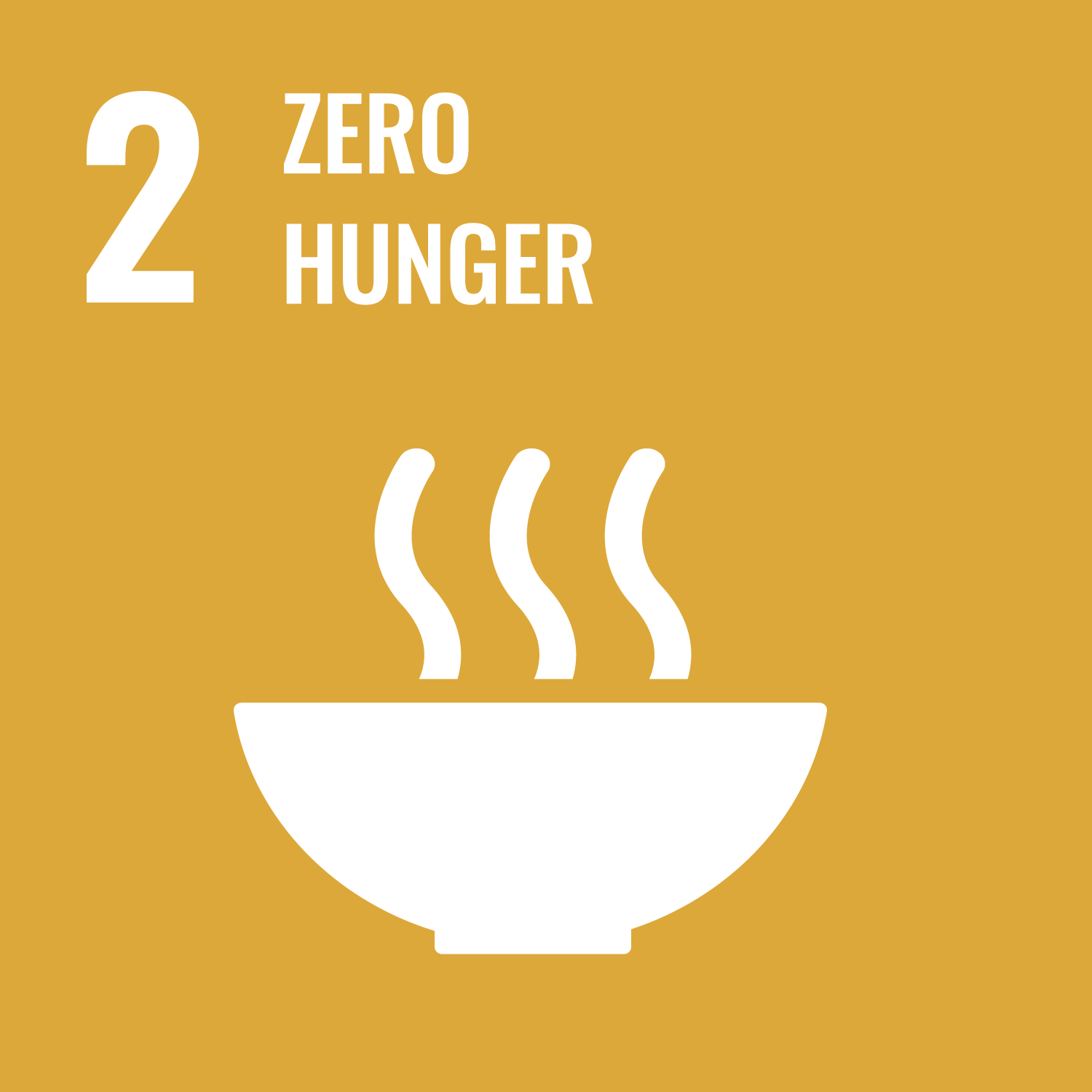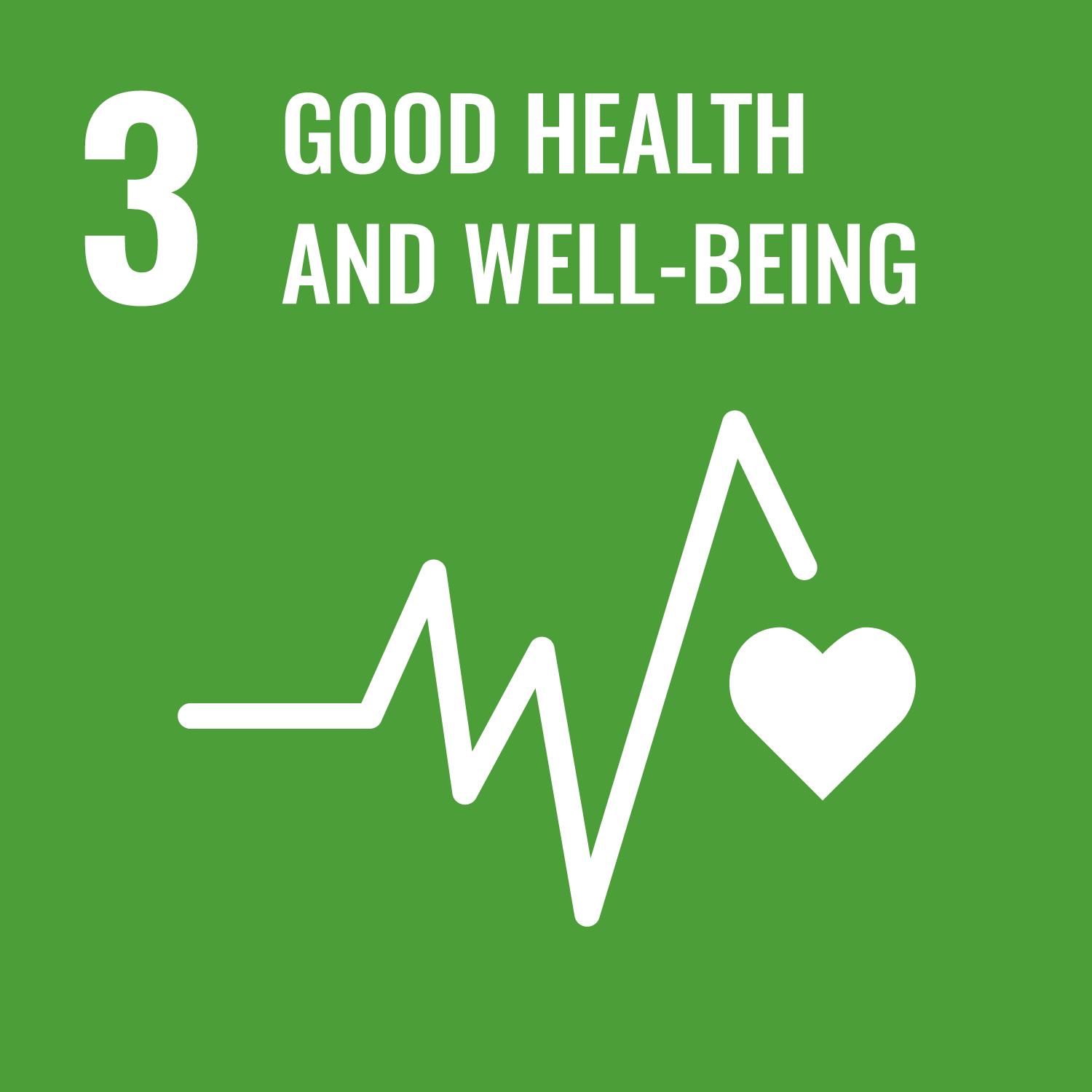





| Target | Indicator | Result |
|---|---|---|

SDG 1
NO POVERTY
|
||
| 1.1 By 2030, eradicate extreme poverty for all people everywhere, currently measured as people living on less than $1.25 a day | 1.1.1 Proportion of population below the international poverty line, by sex, age, employment status and geographical location (urban/rural) | The project addressed the "lack of education and sustainable, equal living conditions" for the students. The results show that the students "developed their potential according to the indicators" through activities that enhanced their academic and life skills. This contribution to their education is a foundational step in empowering them for a better future |

SDG 2
ZERO HUNGER
|
||
| 2.1 By 2030, end hunger and ensure access by all people, in particular the poor and people in vulnerable situations, including infants, to safe, nutritious and sufficient food all year round | 2.1.2 Prevalence of moderate or severe food insecurity in the population, based on the Food Insecurity Experience Scale (FIES) | The project's goal of improving the "well-being" of the children. |

SDG 3
GOOD HEALTH AND WELL-BEING
|
||
| 3.3 By 2030, end the epidemics of AIDS, tuberculosis, malaria and neglected tropical diseases and combat hepatitis, water-borne diseases and other communicable diseases | 3.3.5 Number of people requiring interventions against neglected tropical diseases | The project contributed to the well-being of the students through recreational activities that "strengthened unity and encouraged self-expression". The report states that all participating students and university students "developed their potential according to the indicators" and passed the criteria by more than 70%, which is a positive outcome for their personal development and well-being. |
| 3.a Strengthen the implementation of the World Health Organization Framework Convention on Tobacco Control in all countries, as appropriate | 3.a.1 Age-standardized prevalence of current tobacco use among persons aged 15 years and older | The project contributed to the well-being of the students through recreational activities that "strengthened unity and encouraged self-expression". The report states that all participating students and university students "developed their potential according to the indicators" and passed the criteria by more than 70%, which is a positive outcome for their personal development and well-being. |

SDG 10
REDUCED INEQUALITIES
|
||
| 10.2 By 2030, empower and promote the social, economic and political inclusion of all, irrespective of age, sex, disability, race, ethnicity, origin, religion or economic or other status | 10.2.1 Proportion of people living below 50 per cent of median income, by sex, age and persons with disabilities | The project aimed to address the inequality in education and living standards faced by ethnic minority students. As a result, the university students gained an understanding of the "cultural differences of ethnic groups" and can apply this knowledge to "develop society in the future". The camp helped build a connection between the two groups, helping to reduce a social divide. |

SDG 16
PEACE, JUSTICE AND STRONG INSTITUTIONS
|
||
| 16.1 Significantly reduce all forms of violence and related death rates everywhere | 16.1.4 Proportion of population that feel safe walking alone around the area they live | The project fostered a sense of community and social responsibility. The results indicate that the university students gained a better understanding of "sacrifice for the common good" and developed a "good relationship with each other", which contributes to the broader goal of a peaceful and just society. |
The most significant caveat for this project is its short duration. The camp only lasted for five days, from June 3-7, 2025. While the project was successful in achieving its short-term goals—such as promoting a sense of social responsibility among university students and providing a positive experience for the school children—its limited timeframe means it could not address or solve the deep-seated issues of educational and social inequality that the targeted community faces. The positive results are based on the immediate impact of a brief intervention, not a sustained, long-term change.
Impact on Students: Both the university and school students who participated in the camp "developed their potential according to the indicators". They achieved a passing score of more than 70%. University students, in particular, gained a deeper understanding of the "cultural differences of ethnic groups" and learned how to apply their knowledge of English and other academic subjects to help a community. They also developed a stronger sense of "social responsibility" and an understanding of "sacrifice for the common good".
Impact on the Community: The project was an act of "social service" that helped the students at Ban Mae Maem School, who are part of an ethnic minority group and lack "sustainable, equal living conditions". The project also fostered "good relationships" within the organizing institution and benefited the community by "focusing on developing the potential of the students"


